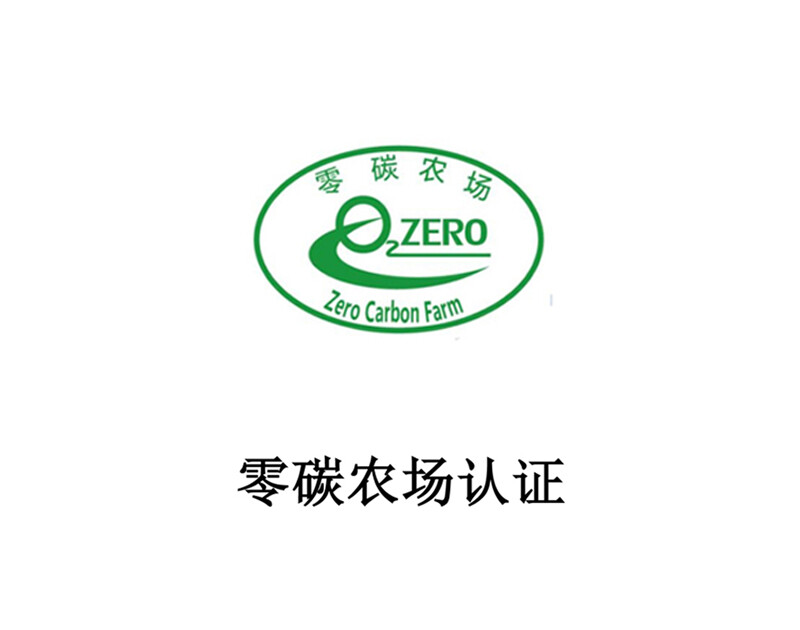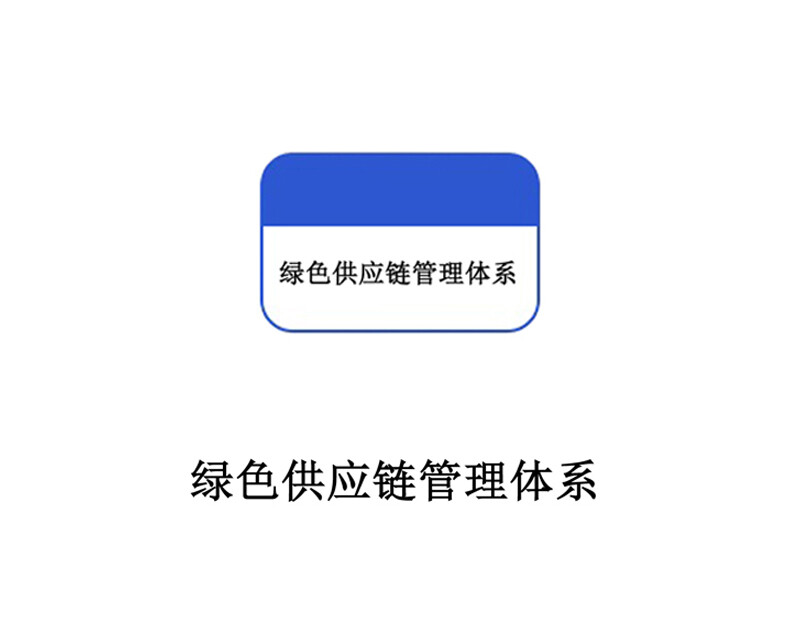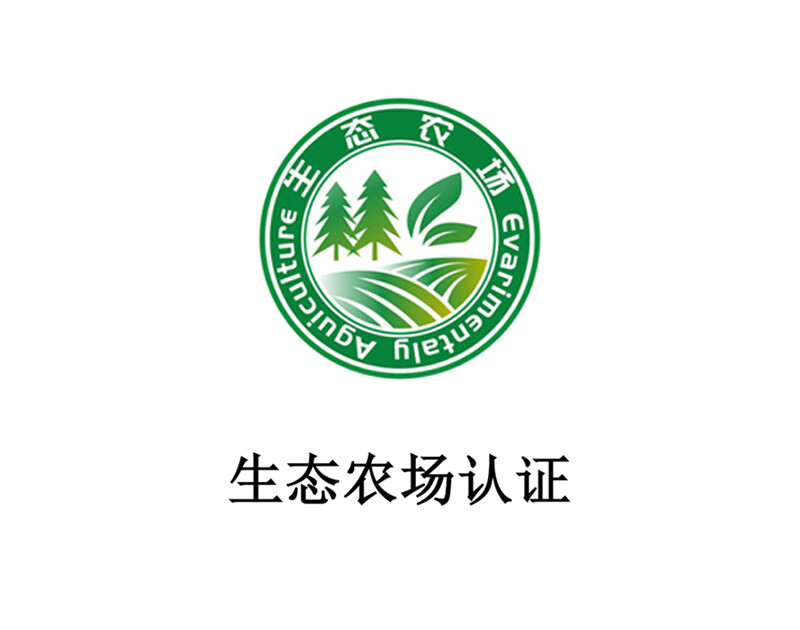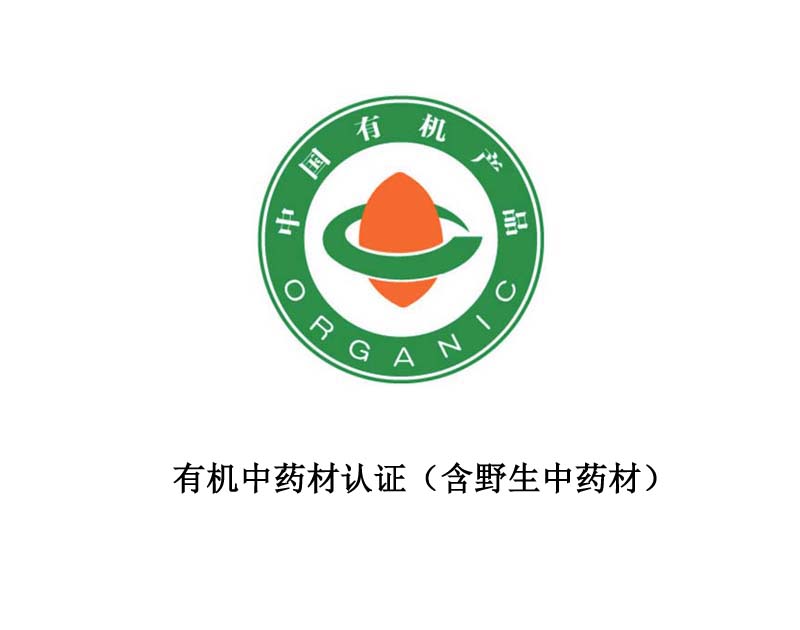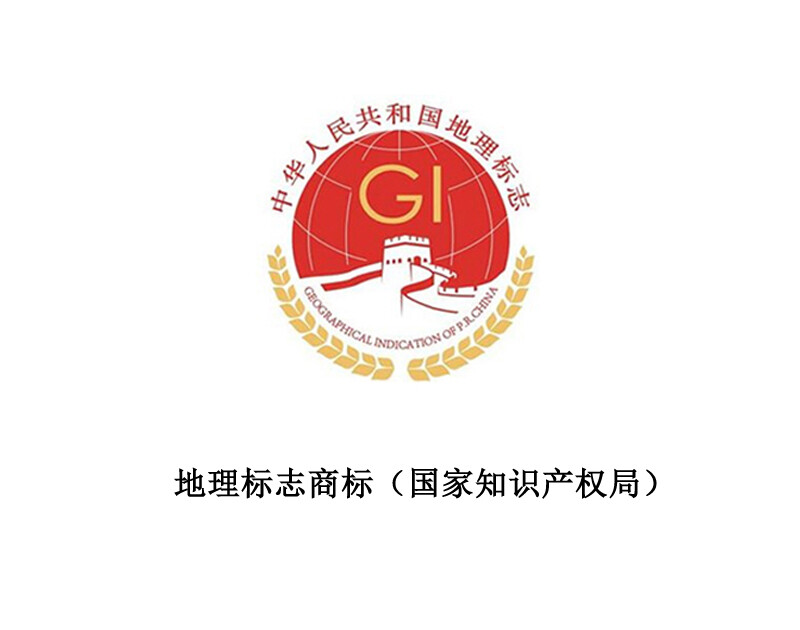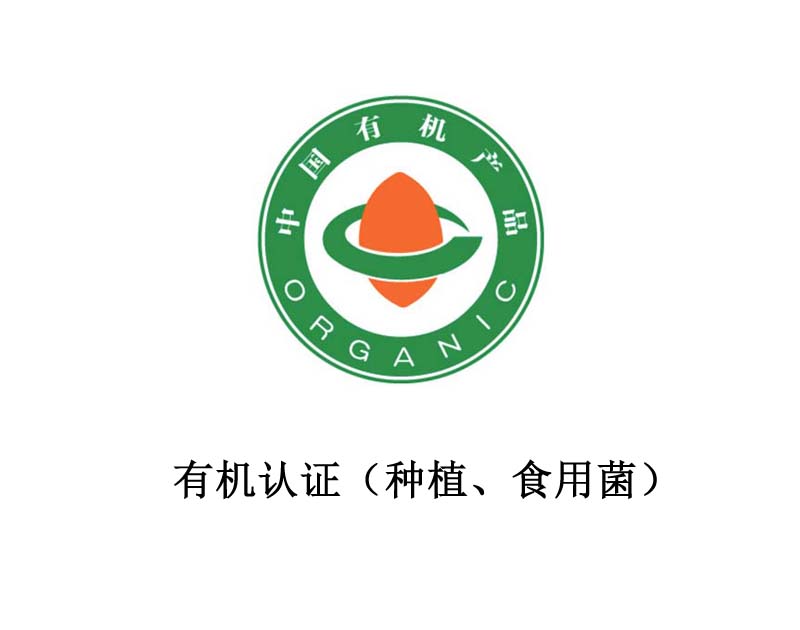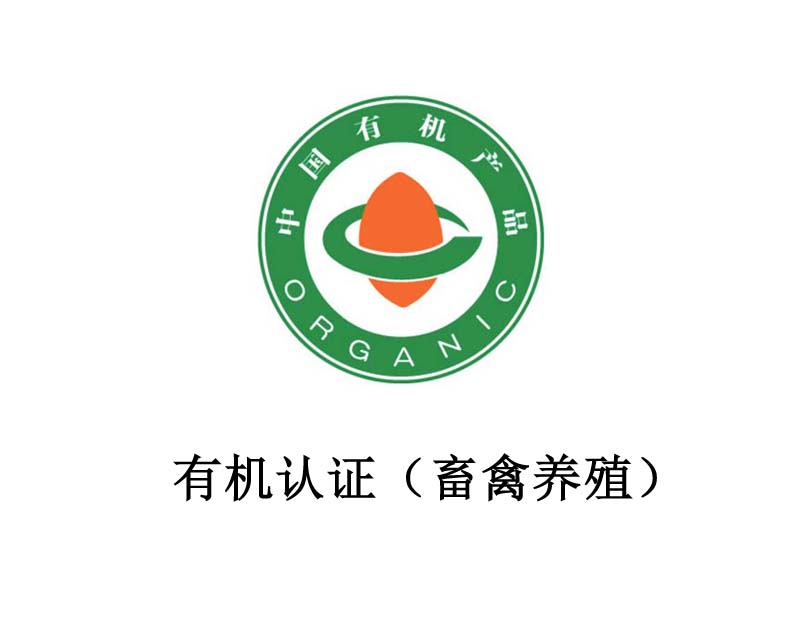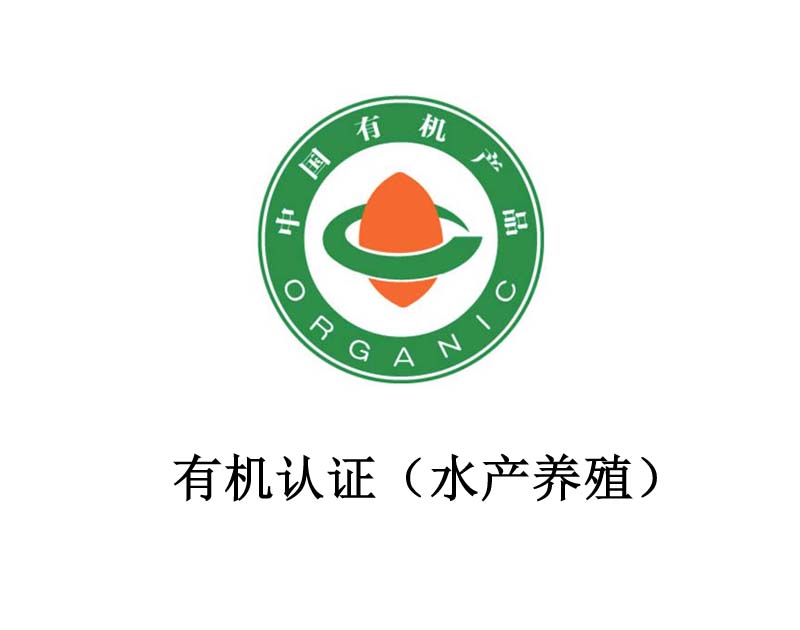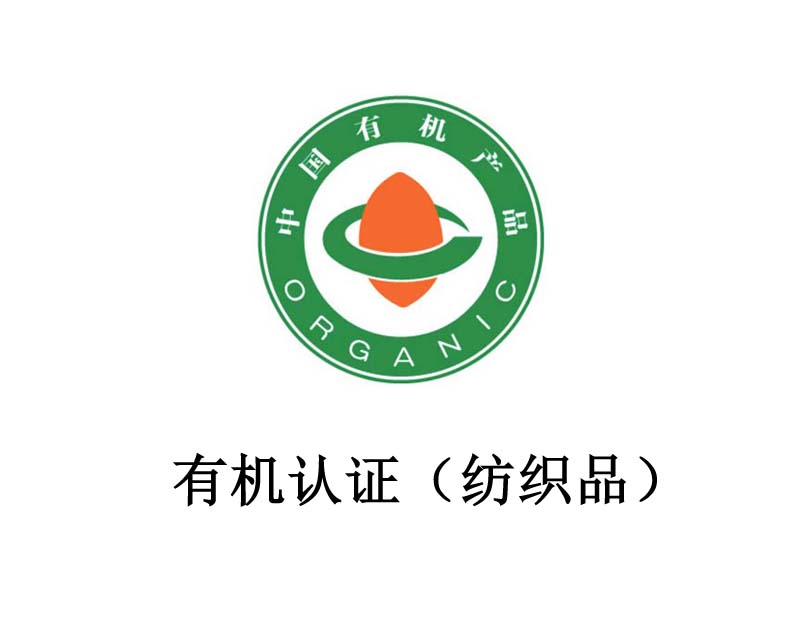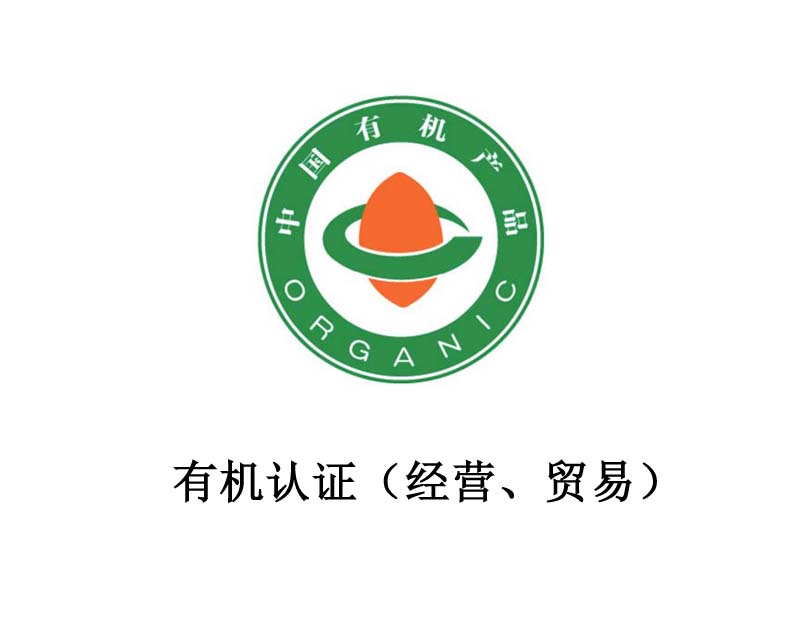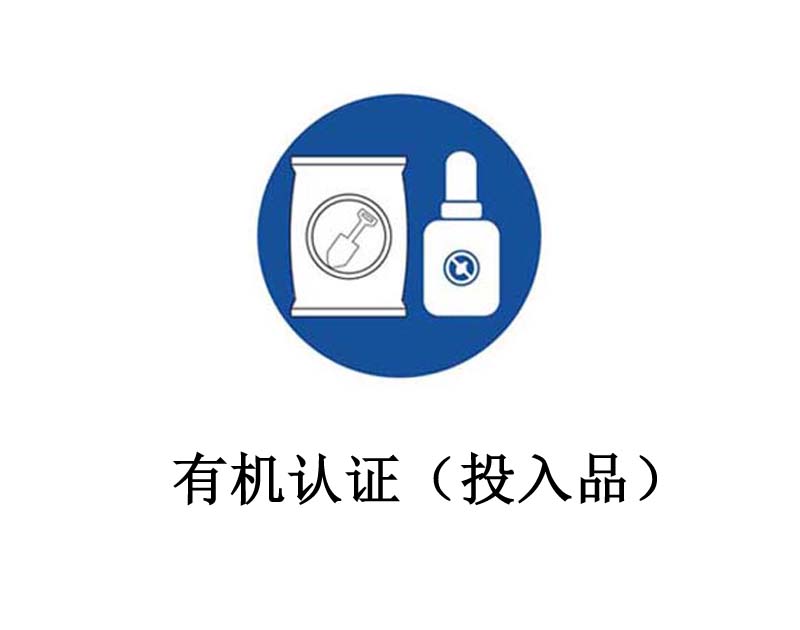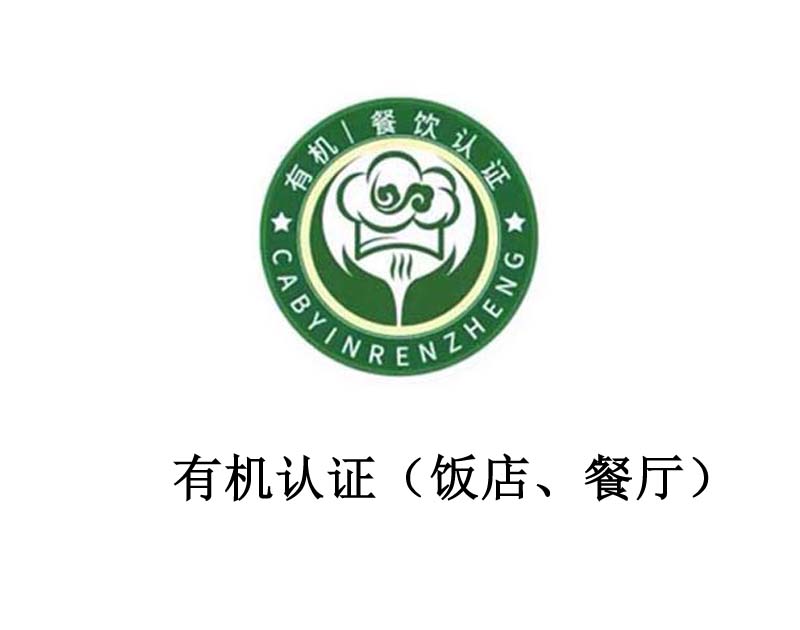Agricultural Product Food Certification Service Network
Technical Support: China Green Huaxing (Beijing) Agricultural Research Institute
Copyright: Guohuan Organic Agricultural Products (Dezhou) Co., Ltd
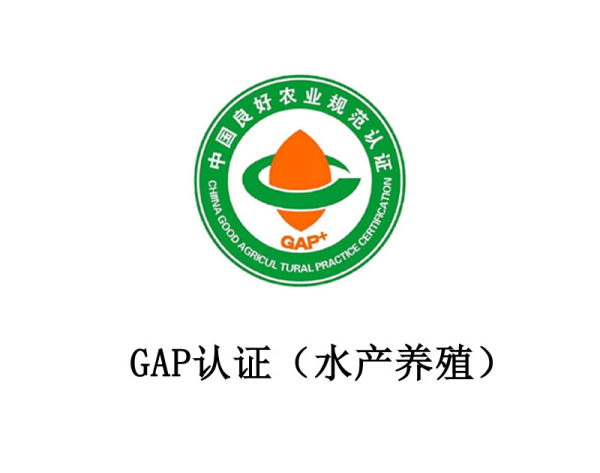
GAP Certification (Aquaculture):
Good Agricultural Practice (GAP) is a set of operational standards for agricultural product production, and is an effective means and tool to improve the quality and safety management level of agricultural product production bases. GAP focuses on the control and protection of harmful substances and harmful organisms during the planting, breeding, harvesting, cleaning, packaging, storage and transportation of agricultural products, and ensures the quality and safety of agricultural products. It also pays attention to the protection capabilities of the ecological environment, animal welfare, occupational health and other aspects.
Why carry out GAP certification
The implementation of GAP is an internationally accepted and effective measure to strengthen the quality and safety control of agricultural products and food from the source of production, and is a prerequisite for ensuring the quality and safety of agricultural products and food. After obtaining the certification certificate issued by the certification body, the applicant can use the China Good Agricultural Practices certification mark on the retail packaging of certified crops, fruits and vegetables, and other products can use the China Good Agricultural Practices certification mark on the packaging of non-retail products, product promotional materials, and business activities.
Certification Level
Level 1 certification requirements: Level 1 certification should meet the requirements of all applicable Level 1 control points; it should meet at least 95% of the total number of all applicable Level 2 control points.
Level 2 certification requirements: Level 1 should meet at least 95% of the total number of all applicable Level 1 control points, and control points that cause serious hazards to consumers, employees, animal and plant safety, and the environment must meet the requirements.
GAP certification application conditions
1. Obtain a business license issued by a government department and an animal quarantine certificate registered by the competent authority.
2. Have legal land use rights.
3. The certification client has established and implemented documented operating procedures or a good agricultural practice management system in accordance with the standard requirements, and has complete records for at least 3 months before the initial inspection.
4. The product must be included in the Good Agricultural Practices Product Certification Catalogue.
5. The certification client and its related parties have not had any major product quality and safety accidents or any incidents of abuse or fraudulent use of the Good Agricultural Practices certification mark for publicity in the past year.
6. The certification client and its related parties have not had their certification certificates revoked by the certification body within one year.
Scope and basis of GAP certification
GB/T 20014.13 Basic control points and compliance specifications for aquaculture
GB/T 20014.14 Basic control points and compliance specifications for aquaculture in ponds
GB/T 20014.15 Basic control points and compliance specifications for aquaculture factory farming
GB/T 20014.16 Basic control points and compliance specifications for aquaculture cage culture
GB/T 20014.17 Basic control points and compliance specifications for aquaculture pen culture
GB/T 20014.18 Basic control points and compliance specifications for aquaculture on tidal flats/suspended culture/bottom seeding
Certification mode: document review + base inspection + product testing + post-certification supervision
Contact information: 18612456966 (Teacher Liu).
